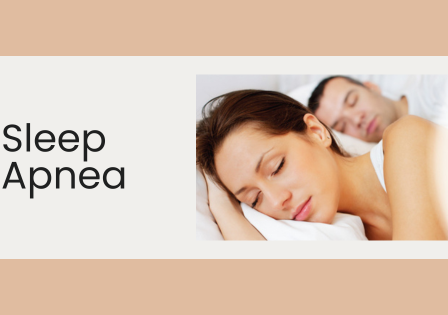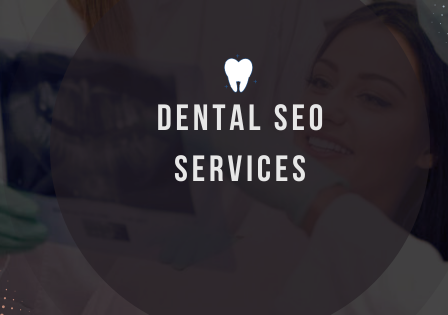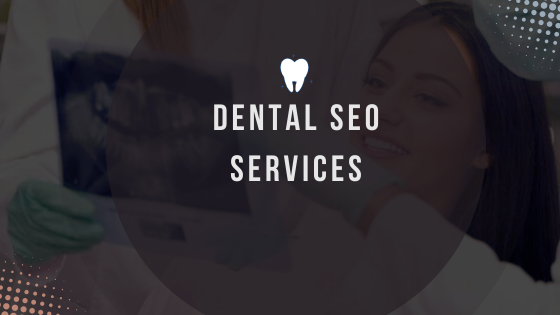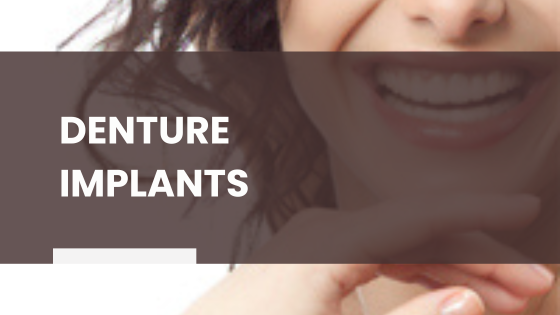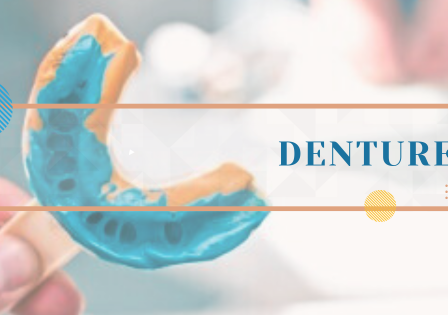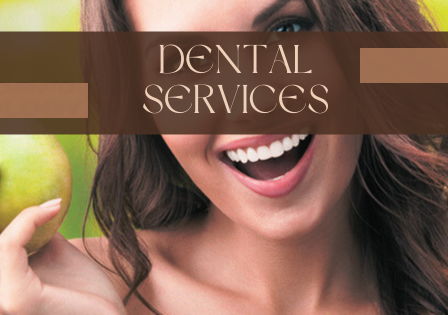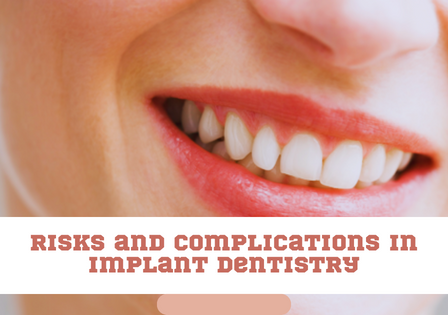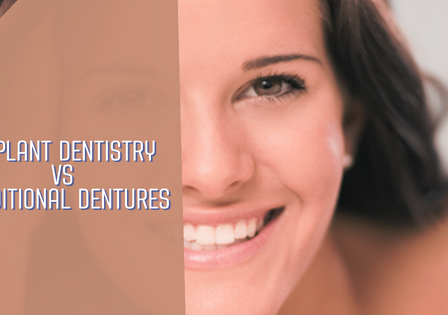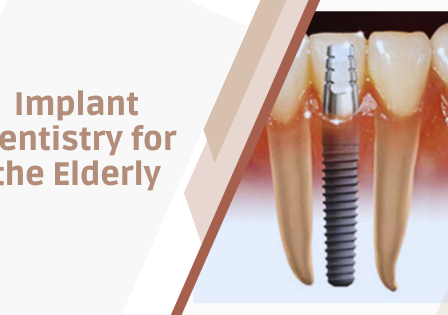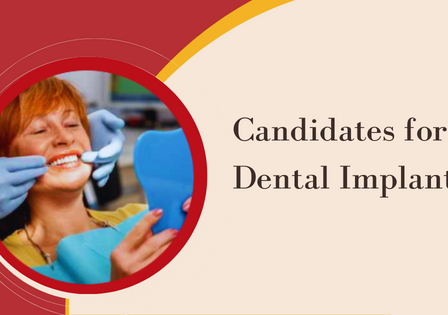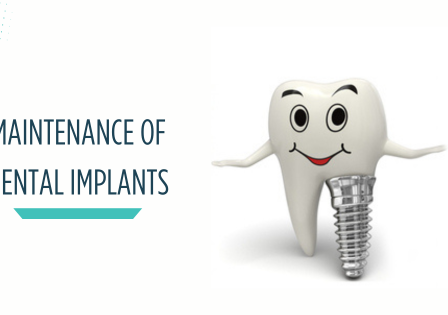Sleep apnea is more than a nighttime nuisance—it’s a chronic condition that disrupts breathing during sleep and silently undermines overall health. Characterized by repeated pauses in breathing, sleep apnea deprives the body of oxygen and prevents deep, restorative sleep. Over time, this leads to fatigue, cardiovascular strain, metabolic dysfunction, and even cognitive decline. The good news is that sleep apnea is treatable, and with the right approach, patients can reclaim restful nights and energized days. But treatment isn’t one-size-fits-all. It depends on the severity of the condition, the underlying cause, and the patient’s lifestyle and preferences.
CPAP Therapy: The Traditional Gold Standard
Continuous Positive Airway Pressure (CPAP) therapy has long been the frontline treatment for obstructive sleep apnea. The CPAP machine delivers a steady stream of air through a mask, keeping the airway open and preventing collapse during sleep. For many patients, CPAP is highly effective—it reduces apneic episodes, improves oxygen levels, and restores sleep quality.
However, CPAP isn’t without its challenges. Some patients struggle with the bulkiness of the machine, the noise, or the discomfort of wearing a mask all night. Others find it difficult to travel with or maintain. Compliance rates vary, and for those who can’t tolerate CPAP, alternative treatments become essential.
Oral Appliance Therapy: A Comfortable Alternative
For patients with mild to moderate obstructive sleep apnea — or those who can’t tolerate CPAP—oral appliance therapy offers a compelling alternative. These custom-made devices reposition the jaw and tongue to keep the airway open during sleep. They’re small, quiet, and easy to wear, making them ideal for patients who value comfort and discretion.
Oral appliances are particularly effective for patients whose sleep apnea is caused by anatomical factors like jaw position or tongue obstruction. They’re also a popular choice for frequent travelers, light sleepers, and those who prefer a less invasive solution. In Hillsboro, Oregon, Hillsboro Dental Excellence specializes in airway-focused dentistry and offers advanced oral appliance therapy for sleep apnea. Their team customizes each device to fit the patient’s anatomy and sleep habits, ensuring both comfort and effectiveness.
Surgical Options for Structural Correction
In cases where sleep apnea is caused by physical obstructions—such as enlarged tonsils, a deviated septum, or excess tissue in the throat—surgical intervention may be recommended. Procedures range from minimally invasive techniques to more complex reconstructions. Common surgeries include uvulopalatopharyngoplasty (UPPP), which removes excess tissue from the throat, and nasal surgeries to improve airflow.
Surgical treatment is typically reserved for patients who haven’t responded to other therapies or who have anatomical issues that make CPAP or oral appliances ineffective. While surgery can offer lasting relief, it also carries risks and requires recovery time. A thorough evaluation by a sleep specialist or ENT surgeon is essential before pursuing this route.
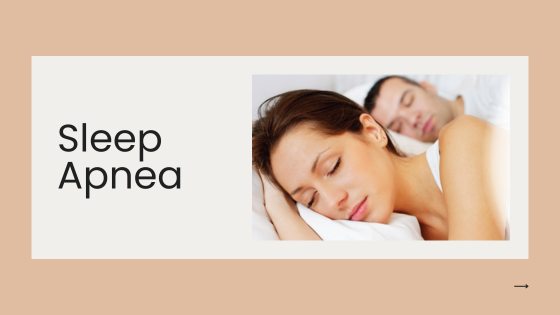
Positional Therapy and Lifestyle Adjustments
For some patients, sleep apnea is worse when sleeping on their back. Positional therapy involves training the body to sleep on its side, often using specialized pillows or wearable devices. While not a standalone solution for moderate or severe cases, positional therapy can be a helpful adjunct for mild sleep apnea or snoring.
Lifestyle changes also play a critical role in managing sleep apnea. Weight loss can significantly reduce airway obstruction, especially in patients with obesity-related apnea. Avoiding alcohol and sedatives before bed helps keep throat muscles active, reducing the risk of airway collapse. Quitting smoking improves inflammation and airway function. While these changes may not eliminate sleep apnea entirely, they enhance the effectiveness of other treatments and improve overall health.
Emerging Therapies and Innovations
Sleep medicine is evolving, and new treatments are emerging to offer more personalized care. One promising development is hypoglossal nerve stimulation, a therapy that uses a small implant to stimulate the tongue muscles and keep the airway open. This option is typically reserved for patients who can’t tolerate CPAP and meet specific criteria.
Digital health tools are also making an impact. Mobile apps, wearable devices, and remote monitoring systems allow patients to track their sleep patterns, treatment compliance, and progress over time. These tools empower patients to take an active role in their care and help providers fine-tune treatment plans.
The Importance of a Multidisciplinary Approach
Sleep apnea is a complex condition that often requires input from multiple specialists—dentists, sleep physicians, ENT surgeons, and primary care providers. A coordinated approach ensures that treatment is tailored to the patient’s unique needs and that underlying issues are addressed holistically.
Hillsboro Dental Excellence exemplifies this collaborative model. Their team works closely with sleep specialists to diagnose and treat sleep apnea using oral appliances and airway-focused evaluations. By integrating dental expertise with sleep medicine, they offer patients a comprehensive path to relief—without relying solely on CPAP.
Conclusion: Treating Sleep Apnea Means Treating the Whole Person
Sleep apnea isn’t just about breathing—it’s about quality of life. Left untreated, it affects energy, mood, heart health, and even brain function. But with the right treatment, patients can wake up refreshed, restore their vitality, and protect their long-term health.
Whether through CPAP, oral appliances, surgery, or lifestyle changes, the key is finding a solution that fits. In Hillsboro, Hillsboro Dental Excellence offers personalized, airway-focused care that goes beyond the mask. Because treating sleep apnea isn’t just about stopping snoring—it’s about helping people breathe easier, sleep deeper, and live better.
